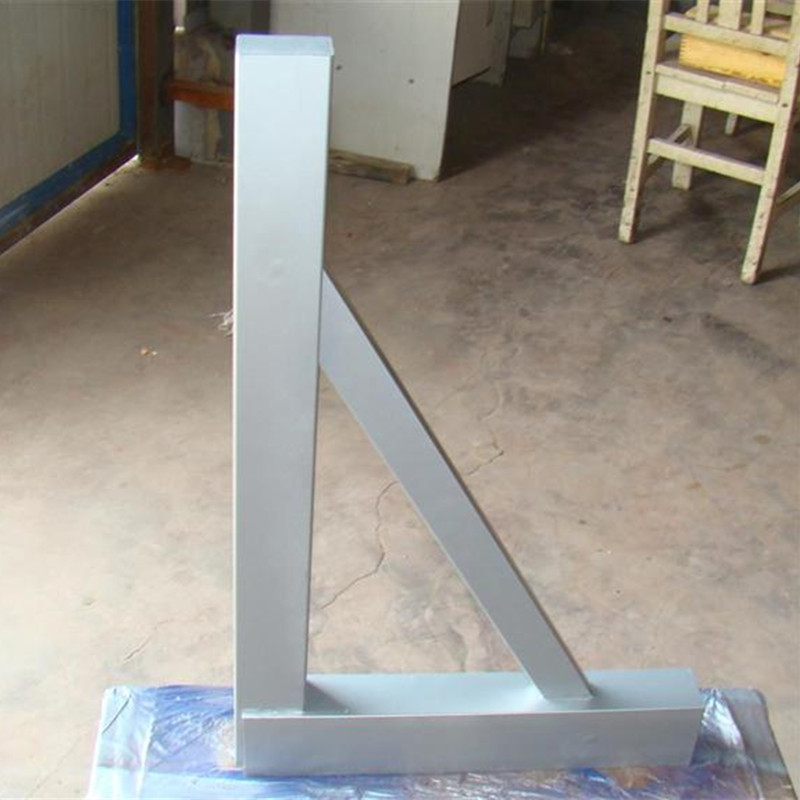Nov . 11, 2024 07:55 Back to list
measuring tools in metal work
Measuring Tools in Metal Work Essential Instruments for Precision
In the world of metal work, precision is paramount. Whether fabricating components for machinery, creating artistic sculptures, or building anything from simple tools to complex structures, accurate measurements ensure that the final product meets its design specifications. As a result, a variety of measuring tools have been developed specifically for metal work, each serving a unique purpose. This article will explore some of the essential measuring tools used in the metalworking industry and highlight their importance.
1. Calipers
Calipers are one of the most fundamental measuring tools in metalworking. They come in several types, including vernier, digital, and dial calipers. These instruments are designed to measure the distance between two opposite sides of an object, providing internal, external, and depth measurements.
Vernier calipers, while more traditional, are favored for their accuracy and reliability. Digital calipers, on the other hand, offer the advantage of easy reading and a quick switch between measurement units. The precision offered by calipers is crucial when working with tight tolerances, which are common in metal fabrication.
2. Micrometers
For even more precise measurements, micrometers are utilized. A micrometer can measure small distances with an accuracy of up to one-thousandth of a millimeter (or one ten-thousandth of an inch). These tools are particularly useful for measuring the thickness of metal sheets, the diameter of wire, and similar tasks where high precision is needed.
There are different types of micrometers available, such as outside micrometers for measuring external dimensions and inside micrometers for internal dimensions
. The choice of micrometer depends on the specific requirements of the task at hand.3. Tape Measures
measuring tools in metal work

While tape measures are commonly associated with woodworking or general construction, they also play a significant role in metalworking. Metal tape measures are especially useful due to their durability and ability to extend for long distances without losing accuracy. The flexibility of a tape measure allows it to bend around curves, making it ideal for measuring lengths and larger dimensions on metal pieces before cutting or shaping.
4. Squares
In metal work, keeping pieces square is crucial to ensure proper assembly and function. A metalworking square, often made of steel, provides right angles necessary for accurate cutting and alignment of materials. There are several types of squares, including try squares, engineer squares, and framing squares, each tailored for specific tasks.
Using a square helps fabricators check that surfaces are level and that edges are at right angles, which contributes to the overall quality and durability of the finished metalwork.
5. Levels
Levels are indispensable tools used to ensure that a surface or workpiece is horizontal (level) or vertical (plumb). In metalworking, achieving an accurate level is critical, especially when assembling larger structures or intricate components. There are several types of levels, including bubble levels and laser levels, each providing different levels of precision and ease of use.
Conclusion
In conclusion, the assortment of measuring tools in metal work is vital for achieving high precision and accuracy in fabrication processes. Tools such as calipers, micrometers, tape measures, squares, and levels each serve distinct functions while contributing to the overall quality of the finished product. As technology advances, the design and functionality of these measuring tools continue to improve, allowing metalworkers to push the boundaries of what is possible in their craft.
For anyone involved in metalworking, investing in a reliable set of measuring instruments is essential, as the accuracy they provide ultimately dictates the success of projects in this precision-driven industry. Whether you're a professional fabricator or a hobbyist, understanding and utilizing these measuring tools effectively can make a significant difference in the quality and efficiency of your work with metal.
-
thread-plug-gauge-our-promise-of-measurement-excellenceNewsAug.22,2025
-
gauge-pin-class-reflecting-quality-legacyNewsAug.22,2025
-
check-valve-types-for-high-rise-buildingsNewsAug.22,2025
-
water-control-valve-for-irrigation-systemsNewsAug.22,2025
-
gate-valve-with-soft-seal-technologyNewsAug.22,2025
-
y-type-strainer-for-oil-and-gas-applicationsNewsAug.22,2025
Related PRODUCTS









